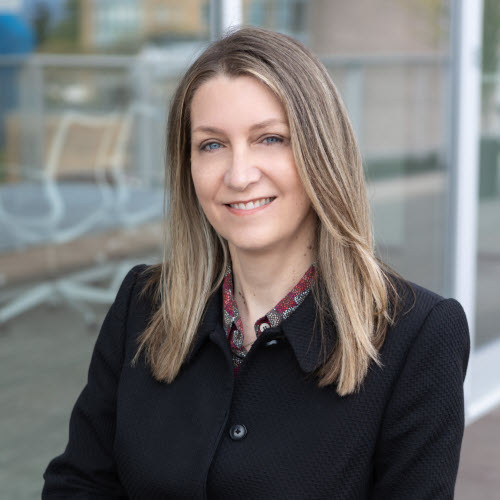Intergenerational Transfer of Wealth Using the First Home Savings Account
Jan 11, 2024
If you own a home, you may have assumed that the new First Home Savings Account (FHSA) is of no use to you. But have you considered using it as a tool to transfer a portion of your wealth to an adult child or grandchild?
It’s an effective way to encourage family members to save money and establish good financial habits. It may also help your estate save taxes and probate fees. Let’s look at a case study to see the mechanics of how it would work.*
Robert (age 80) and Mary (age 78) worked hard their entire lives in the family business and have accumulated a significant nest egg. They have more than enough income to meet their needs and will leave a sizable estate to their beneficiaries. Their two adult children are well established in their careers and own their own homes. Robert and Mary also have four grandchildren: Peter (age 19), Dave and Gillian (age 21) who are twins, and Martin (age 25). They worry that it will be difficult for their grandkids to buy a home in the future and would like to help them with this during their lifetimes.
Robert and Mary meet with their financial advisor, and it’s decided that half of the funds for the gifts will come from their joint investment account, and half will come from their Registered Retirement Income Fund (RRIF) accounts. The total gift will be $160,000 spread over five years. They decide which investments to sell, being strategic to avoid large capital gains. The first year’s gift of $32,000 is left in cash, and the balance of $128,000 is used to buy multiple GICs that mature in one to four years’ time.
They arrange for each of their grand- children to open an FHSA in January 2024 and immediately give each $8,000 with the stipulation that it must be used as a contribution for this account. The funds are invested in assets that are projected to earn an overall rate of return of about 5%. They repeat this for the following four years so that each grandchild contributes the lifetime FHSA maximum of $40,000.
Robert and Mary are not able to receive the FHSA contribution receipts. However, the grandchildren will save tax since the contributions are deducted from their income. They also have the option to carry forward the contributions and use them in the future when their incomes may be higher.
Peter decides to buy a townhome in December 2034. By then, his FHSA account has accumulated $59,239, which is withdrawn from the account and forms part of the down payment. The withdrawal from the FHSA is not included in Peter’s income since it’s a qualifying withdrawal.
At the end of 2039, Dave still has not bought a home. Since the FHSA must be closed by December 31 of the 15th year after the account was opened, he is able to transfer $75,605 to his RRSP account. No contribution room is needed for this transfer, and it will continue to grow tax-free until the funds are eventually withdrawn to fund his retirement.
Gillian and her husband decide to buy their first home at the end of 2039. They now have two children of their own and need the additional space. Gillian withdraws $75,605 from her FHSA, and this is added to funds withdrawn from her husband’s FHSA and RRSP via the Home Buyers’ Plan. Since the withdrawal from Gillian’s FHSA is for a home, it’s not included in her income.
At the beginning of 2028, Martin finds an apartment to buy. Immediately after the last $8,000 contribution is made, the entire account is cashed out and used as a down payment; the total withdrawn is $44,205. This is allowed as there is no rule regarding the minimum number of days that contributions must stay in FHSAs before they can be used as a qualifying withdrawal. The withdrawal from the FHSA is not included in Martin’s income since it’s a qualifying withdrawal.
Not only did Robert and Mary’s gift help their grandchildren buy their first home (or in the case of Dave, fund his RRSP), they were able to have the satisfaction of seeing their generosity come to fruition during their lifetime.
Since half of the gifts were withdrawn from their RRIF accounts, this helped reduce the amount of tax that will ultimately need to be paid upon the last to die of Robert and Mary since the entire value of their RRIF will be taxed as income at that time. Removing the $160,000 from their estates (plus any investment growth) also helped them save on probate fees.
Older generations can create a lasting impact on the financial well-being of future generations by funding FHSAs. If you’re interested in exploring this strategy, please contact your Financial Advisor to discuss the best way to structure it. ■
*The assumed rate of return in this example is 5%.
Business Owners
The most overlooked area of financial planning for business owners and incorporated professionals is the lack of integration between corporate and personal assets. When the majority of your assets are in your corporation you need very specific, specialized and personalized financial advice.
Learn More







